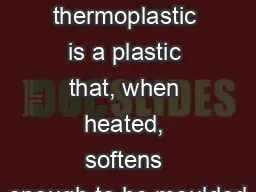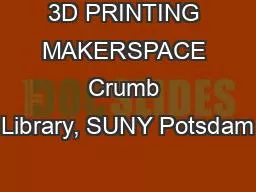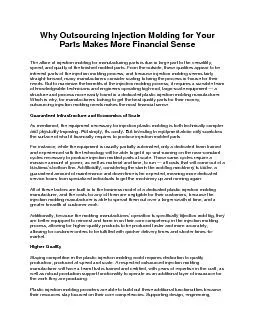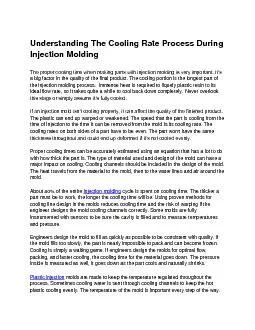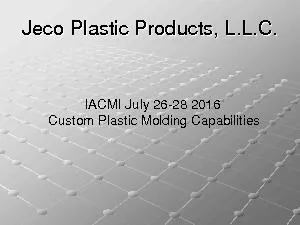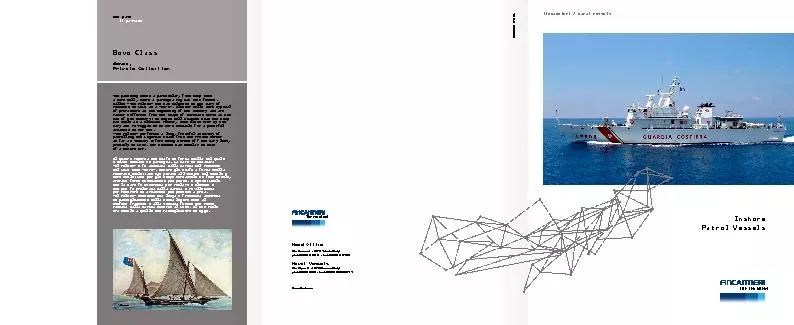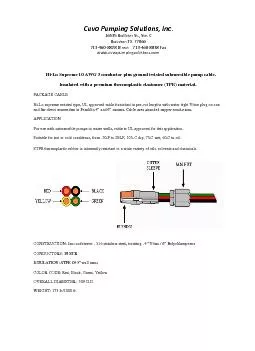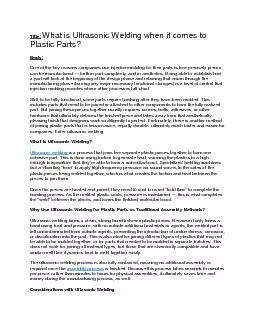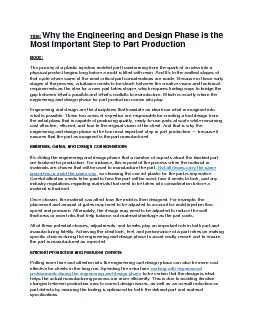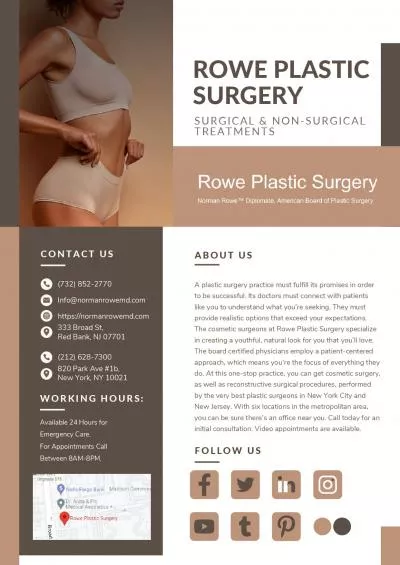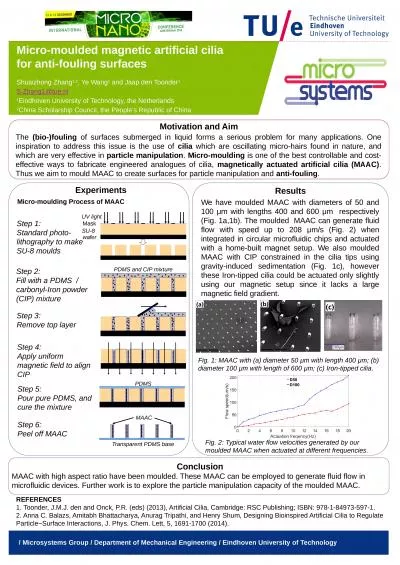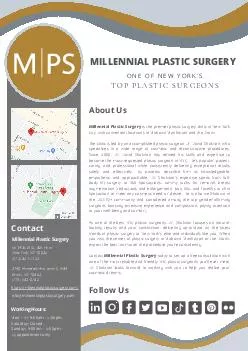PPT-Thermoplastic A thermoplastic is a plastic that, when heated, softens enough to be moulded
Author : liane-varnes | Published Date : 2019-02-03
when cooled it hardens retaining its new shape Most of the plastics listed on the previous slide are thermoplastics Alternatives to thermoplastics Thermosetting
Presentation Embed Code
Download Presentation
Download Presentation The PPT/PDF document "Thermoplastic A thermoplastic is a plast..." is the property of its rightful owner. Permission is granted to download and print the materials on this website for personal, non-commercial use only, and to display it on your personal computer provided you do not modify the materials and that you retain all copyright notices contained in the materials. By downloading content from our website, you accept the terms of this agreement.
Thermoplastic A thermoplastic is a plastic that, when heated, softens enough to be moulded: Transcript
Download Rules Of Document
"Thermoplastic A thermoplastic is a plastic that, when heated, softens enough to be moulded"The content belongs to its owner. You may download and print it for personal use, without modification, and keep all copyright notices. By downloading, you agree to these terms.
Related Documents

